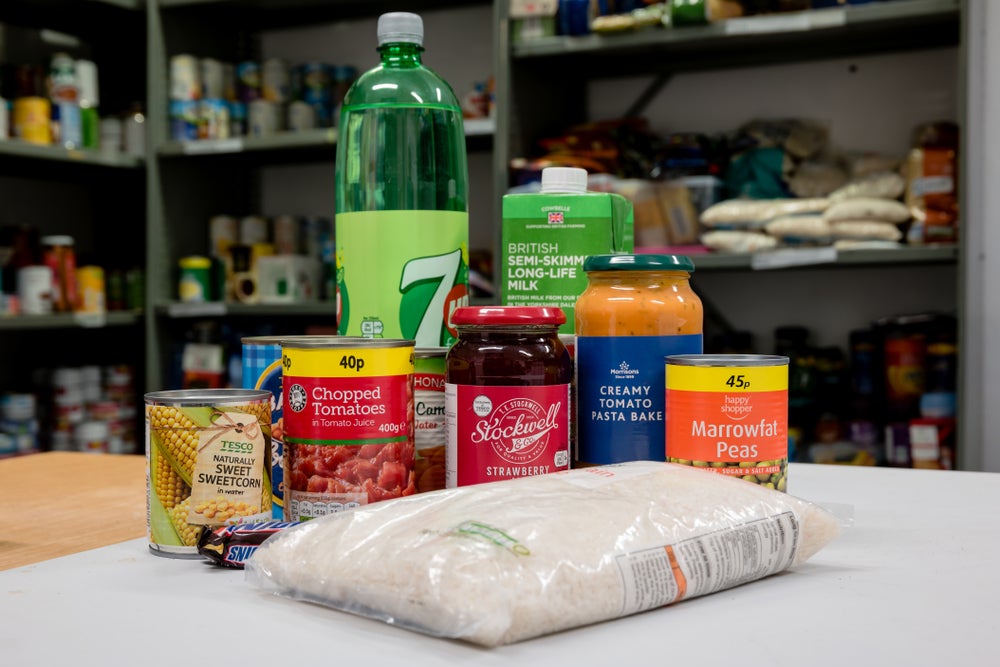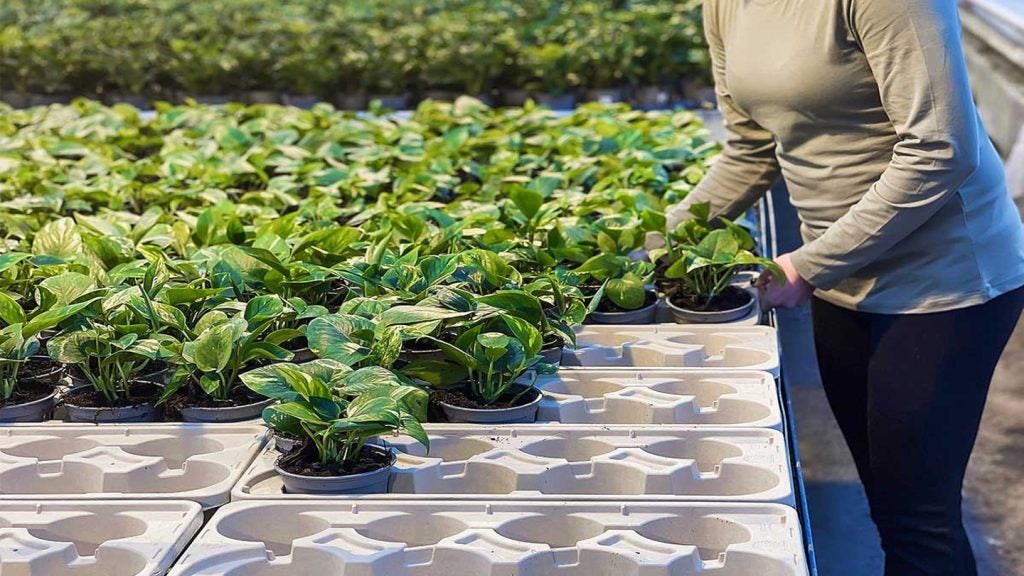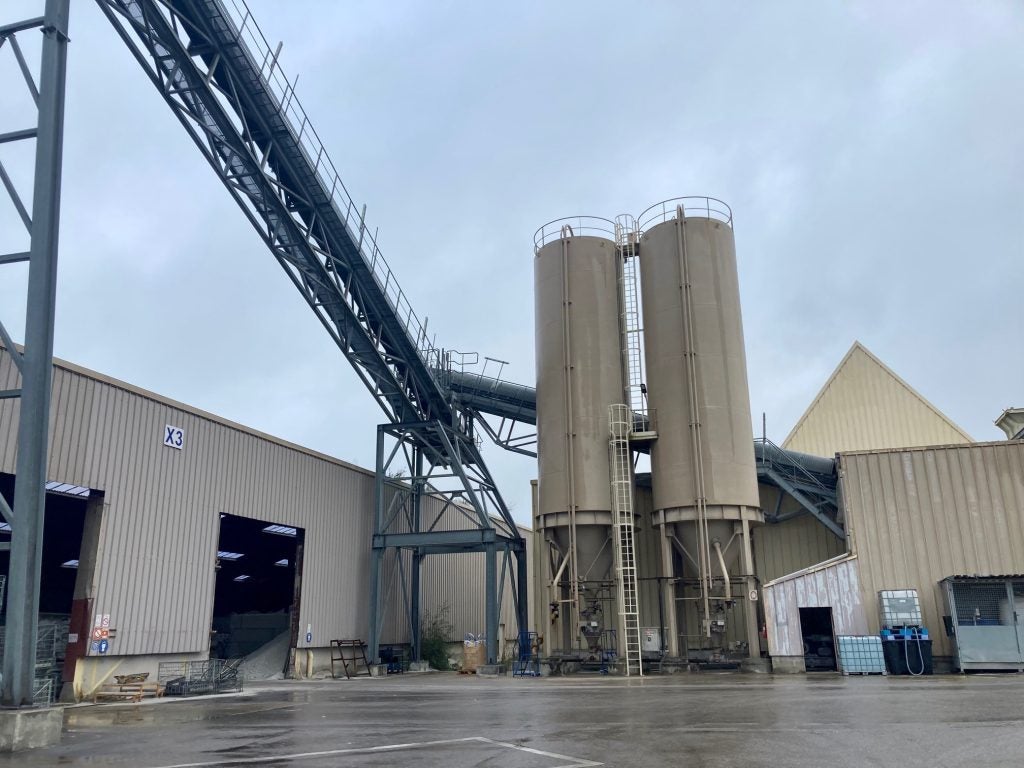In the ever-evolving world of packaging, staying compliant with regulations is essential.
Food is a key industry for the UK packaging market, which produced 109.9bn units in 2021 and is expected to achieve a CAGR of more than 1% by 2026.
For those in the packaging industry, understanding the ins and outs of food labelling in the UK is a crucial aspect of the job.
For example, the UK recently tightened regulations on how plant-based food and drink labels can describe themselves.
Let's dive into the key requirements outlined in the official government report and explore what you must show on food packaging.
The essentials of food labelling
When it comes to food labelling in the UK, there are several must-have elements that every package should display. These essential details ensure that consumers can make informed choices about the products they purchase.
- Name of the food
The name of the food is your product's identity. It should be clear and concise, allowing consumers to quickly identify what's inside the package. An accurate name is the first step towards transparency.
- Best-before or use-by date
To maintain food safety and quality, every package must bear a 'best before' or 'use by' date. This date informs consumers when the product is at its best or when it should be consumed by for safety reasons.
- Necessary warnings
Some foods come with specific warnings, such as allergen information or health-related cautions. These warnings must be prominently displayed to ensure consumer safety.
- Net quantity information
Shoppers want to know what they're getting for their money. Net quantity information lets consumers know how much of the product is inside the package, typically expressed in weight or volume.
- List of ingredients
For foods with more than one ingredient, a detailed list of all components is essential. This helps individuals with allergies or dietary restrictions make informed choices.
Additional information and requirements for UK food labels
Beyond the basics, there are additional pieces of information that may be required, depending on the specific product and its destination within the UK.
- Country or place of origin
Some products must include information about their country or place of origin. This helps consumers who prefer locally sourced goods make informed decisions.
- Lot number or use-by date
A lot number helps with product traceability and quality control. It allows manufacturers to track products in case of issues or recalls.
- Special storage conditions
Certain foods require specific storage conditions to maintain their quality and safety. This information should be readily available to consumers.
- Instructions for use or cooking
If a food product needs preparation or cooking, clear instructions should be provided. This ensures that consumers can enjoy the product as intended.
UK vs. Northern Ireland: addressing business details
It's important to note that the rules differ slightly for selling food in Great Britain (England, Wales, and Scotland) compared to Northern Ireland.
For Great Britain: If your business operates in Great Britain, you must include the name and address of the UK or EU business responsible for the food information. If the business is located outside the UK or EU, you should provide the name and address of the importer.
For Northern Ireland: When selling food in Northern Ireland, you must include the name and address of the Northern Irish or EU business responsible for the food information. Similarly, if the business is not based in Northern Ireland or the EU, you should provide the name and address of the importer.
Understanding the requirements for food labelling and packaging in the UK is vital for those in the packaging industry. These guidelines ensure transparency, safety, and compliance with regulations, ultimately benefiting both consumers and businesses.















